4.9K Views
Grasp Those Idiosyncratic Clock Motors
by
Piers Clark
(IC: )
Clock motors are, in a sense, the central processing unit of all wrist watches. Clock motors, also called clock activities, are glorified counters that maintain precise time, normally by tracking the number of pulses sent out by a quartz crystal, as well as they regulate the turning of all the hands. Herein we explore the functions and the traits of these mechanisms.
The initial clock motors were completely mechanical. A snugly curled springtime or dangling weight used constant torque to the major gear, and also an escapement made the gear revolve slowly one tooth at a time. A turning pendulum figured out the regularity of this "ticking" such that a change happened as soon as each secondly.
Yet the mechanical structure is now largely out-of-date, having been changed in the modern motors with electronic ways. The pulses sent out by quartz crystals are steadily steady, giving an incredibly trusted timing source. It is straightforward then for counting registers to partition the stream of pulses into hours, minutes, and also seconds.
What make a clock motor idiosyncratic are the substantial selections of capabilities it could furnish. These functionalities are largely temporal in nature, yet they are frequently supplemented with linked details such as weather condition and also chiming.
The most typical layout obviously is the 12-hour clock cycle. The hour hand and the minute hand suggest a point within the field of twelve digits (or placeholders) along the area of the dial. Less typical is the alternative 24-hour motion, likewise with 2 hands, though the cycle is once a day as opposed to twice.
In either situation there could or could not be a second hand included. There are likewise two selections of these. One has a jerky movement and audibly ticks each second; the other is a sweep used moving quietly and also efficiently.
Getting back at a lot more distinctive are clock electric motors that use four hands. The information shared is still entirely temporal, yet extending the cycle even much longer. The fourth hand may keep an eye on the day of the week (a seven-day pattern) or the day of the month (a 31-day pattern).
Now take into consideration as opposed to (just) a clock movement, the affectation of a weather condition activity. One desires to see not (just) the time, yet (likewise) the temperature, the trend level, the humidity, or the barometric pressure. In this instance, the tracking mechanism is not something that counts elapsed pulses yet that complies with and reports a worth that varies within a prescribed variety.
The initial clock motors were completely mechanical. A snugly curled springtime or dangling weight used constant torque to the major gear, and also an escapement made the gear revolve slowly one tooth at a time. A turning pendulum figured out the regularity of this "ticking" such that a change happened as soon as each secondly.
Yet the mechanical structure is now largely out-of-date, having been changed in the modern motors with electronic ways. The pulses sent out by quartz crystals are steadily steady, giving an incredibly trusted timing source. It is straightforward then for counting registers to partition the stream of pulses into hours, minutes, and also seconds.
What make a clock motor idiosyncratic are the substantial selections of capabilities it could furnish. These functionalities are largely temporal in nature, yet they are frequently supplemented with linked details such as weather condition and also chiming.
The most typical layout obviously is the 12-hour clock cycle. The hour hand and the minute hand suggest a point within the field of twelve digits (or placeholders) along the area of the dial. Less typical is the alternative 24-hour motion, likewise with 2 hands, though the cycle is once a day as opposed to twice.
In either situation there could or could not be a second hand included. There are likewise two selections of these. One has a jerky movement and audibly ticks each second; the other is a sweep used moving quietly and also efficiently.
Getting back at a lot more distinctive are clock electric motors that use four hands. The information shared is still entirely temporal, yet extending the cycle even much longer. The fourth hand may keep an eye on the day of the week (a seven-day pattern) or the day of the month (a 31-day pattern).
Now take into consideration as opposed to (just) a clock movement, the affectation of a weather condition activity. One desires to see not (just) the time, yet (likewise) the temperature, the trend level, the humidity, or the barometric pressure. In this instance, the tracking mechanism is not something that counts elapsed pulses yet that complies with and reports a worth that varies within a prescribed variety.
{
"id": "3353597",
"alt": "",
"title": "",
"video_link": "https://www.youtube.com/embed/o9YED2BrBm0",
"youtube_video_id": "o9YED2BrBm0"
}
{
"width": 634,
"height": 357,
"showRelated": true
}
Enjoyed the project?
Published April 23rd, 2024 6:12 AM



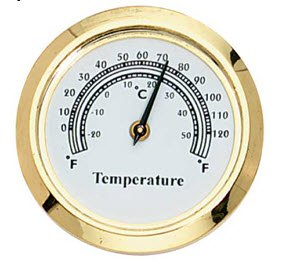

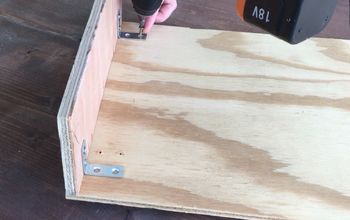
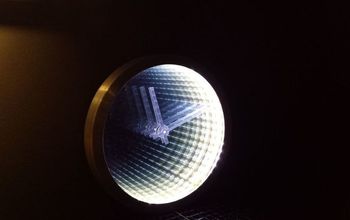
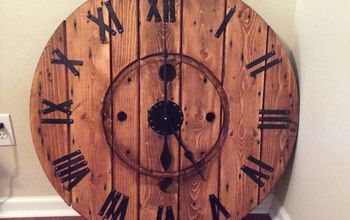


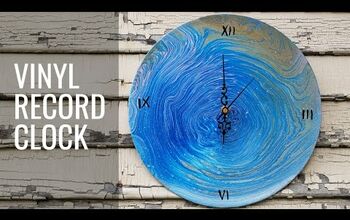










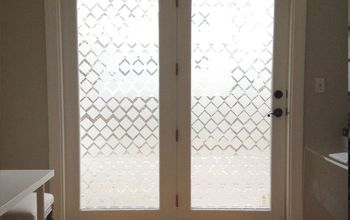

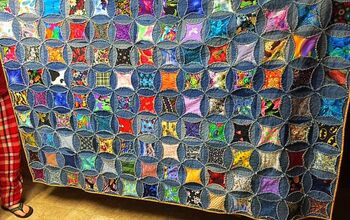
Frequently asked questions
Have a question about this project?